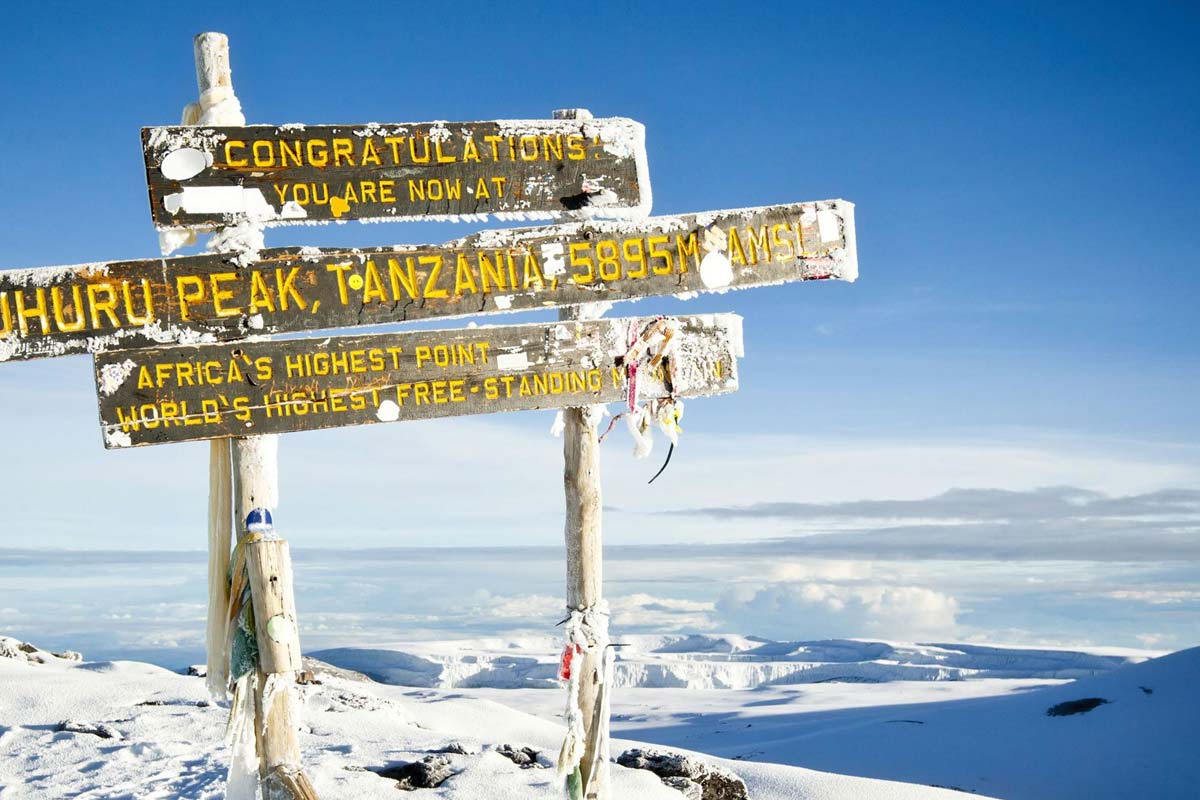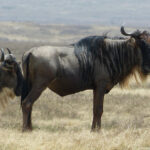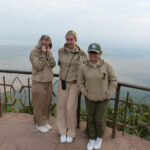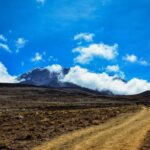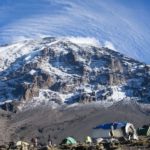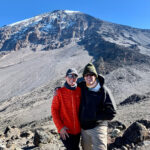Kilimanjaro Summit
Climbing Mount Kilimanjaro at night presents a unique and formidable challenge. The final ascent to the summit typically begins at midnight after days of climbing. While the daytime hikes are relatively manageable, summit night is exceptionally strenuous.
Starting in the darkness, climbers face a daunting 4,000-foot ascent in cold, windy conditions. Despite the fatigue and discomfort, reaching the summit is a momentous achievement, marked by celebration at the peak. However, the journey doesn’t end there—descending approximately 9,000 feet follows.
Even with proper acclimatization, the altitude may still pose challenges. Yet, it’s the sheer physical and mental exertion required for the ascent that often leaves climbers feeling exhausted. Kilimanjaro summit night is an unforgettable test of endurance, determination, and resilience.
WHAT IS KILIMANJARO SUMMIT AT NIGHT?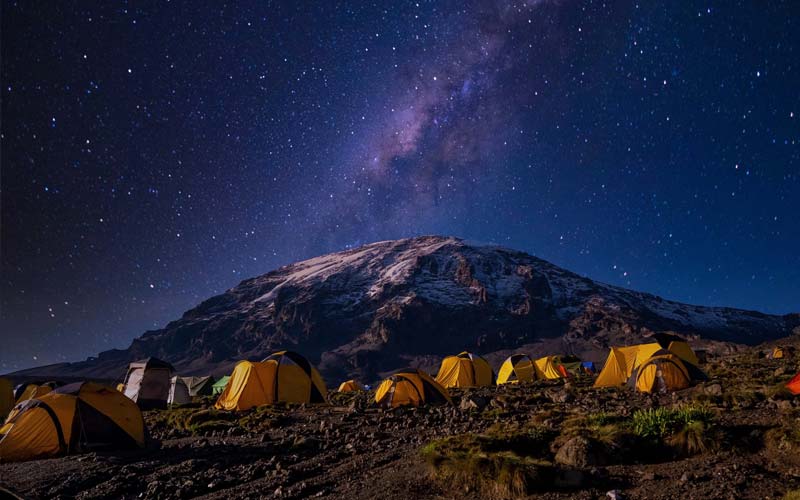
Kilimanjaro at night marks the critical phase of the climb toward Uhuru Peak, alternatively referred to as Kilimanjaro Summit Night or Summit Day. This phase entails starting the ascent during the night and concluding it in the daytime, hence both designations hold true.
During this period, climbers ascend to the summit and descend partway back down the mountain. Summit day entails navigating through the darkness of night, presenting considerable challenges. However, with the guidance of experienced guides, climbers can navigate through the arduous summit night to witness the breathtaking sight of the morning sun breaking over the horizon at Uhuru Peak.
Summit day is universally acknowledged as the most demanding day of the hike, testing climbers both physically and mentally in myriad ways.
WHY CLIMB KILIMANJARO AT NIGHT?
Embarking on a Kilimanjaro summit at night holds numerous advantages, which is why all summit attempts commence after dark. Here’s why the early start is crucial:
- Difficulty Sleeping at Altitude: As altitude increases, sleeping becomes more challenging due to reduced oxygen levels, leading to labored breathing. Climbers often find it difficult to rest at higher altitudes, making an early start imperative to avoid the adverse effects of altitude-related sleep disturbances. By commencing the climb at midnight, climbers can ascend gradually, mitigating the risk of altitude sickness and increasing the likelihood of reaching the summit.
- Long Ascent: Kilimanjaro’s summit is a considerable distance from the base camp, requiring a lengthy ascent followed by a descent to the next rest camp. Starting the climb in the early hours allows climbers ample time to navigate the arduous terrain, ensuring they arrive at the summit by sunrise. The initial stages of the hike are conducted in darkness and cold temperatures, requiring a steady pace and minimal breaks to optimize progress.
- Witnessing Sunrise at Stella Point: Despite the challenges of climbing at night, the promise of witnessing a spectacular sunrise at Stella Point serves as a powerful motivator for climbers. While the ascent may lack the scenic vistas of daylight hours, the anticipation of experiencing an awe-inspiring sunrise atop Kilimanjaro drives climbers forward. As the sun emerges over the horizon, illuminating the surrounding landscape with vibrant hues of orange and gold, climbers are rewarded with an unforgettable spectacle that makes the nocturnal ascent worthwhile.
WHAT HAPPENS ON SUMMIT NIGHT?
Climbing Mount Kilimanjaro at night is a popular choice as it allows climbers to reach the summit just in time for sunrise. Here’s what to expect during your Kilimanjaro summit night:
- Preparation: Your guide team will brief you on the next day’s summit attempt the night before. Around 11 pm, you’ll wake up to have a light snack and layer up with all available clothing to combat the cold.
- Ascent: Starting in the darkness illuminated only by head torches, you’ll begin the slow and steady ascent. With the high altitude limiting oxygen, maintaining a slow and steady pace is crucial.
- Duration: The Kilimanjaro summit hike typically takes 6-8 hours to complete. Upon reaching the top, you’ll be treated to stunning views of glaciers and the expansive crater. However, due to the extreme altitude, your time at the summit will be brief.
- Descent: After capturing photos and celebrating your achievement, the descent begins. Surprisingly, the descent is usually quicker than the ascent, allowing you to return to lower altitudes more swiftly.
Overall, Kilimanjaro summit night is a challenging yet rewarding experience, offering breathtaking vistas and a sense of accomplishment as you conquer Africa’s highest peak.

